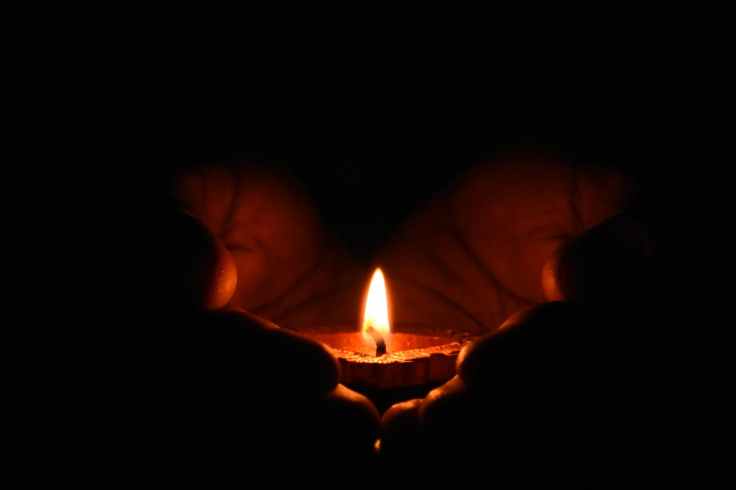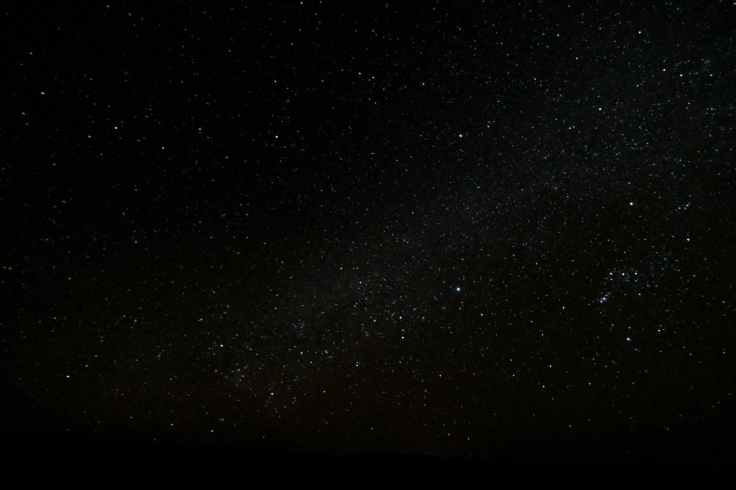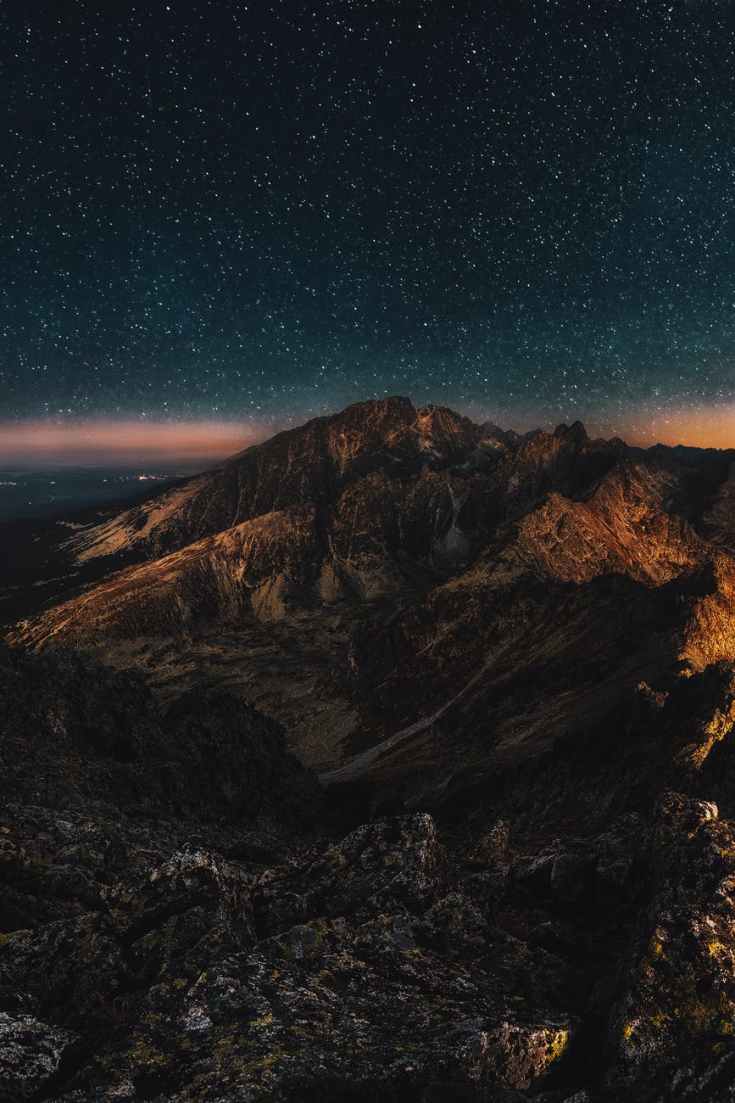Casa Vides
El Paso
October 22, 2019
I woke up tired but looking forward to the day with everyone and to learning more.
Today was the day we were supposed to dress up because we were going to Federal Immigration Court. I stuck to the dress code. My friend Jocie had taken me out and bought me an outfit. She kept asking if I was sure about the shoes. Hey all they said was that the shoes had to be close toed.
Downstairs my brother-in-law, Frank was sitting alone with a cup of coffee. Seeing me he said without expression, “You’re looking very… legal. Except for the shoes.” I laughed. The shoes weren’t outrageous. Just some black vans with socks and tights with my more formal skirt and button up shirt. “Just a little touch of funky,” I had said
“Of course. Always the rebel.”
“Yeah, I guess.”
I didn’t feel like eating but I grabbed an apple since we had a full schedule again today.
People smiled at one another as we slowly assembled in he dining area. The migrant guests looked at us with mild interest. I wondered what they thought about all this.
We met a woman named Cata in front of the court house. She told us what to expect and a little about what the immigration lawyer she worked with did. I don’t remember much abut it except that it was kind of cold and that El Paso judges have a 97% denial rate on asylum cases.
What we were about to see was a plea hearing for two migrants (they didn’t know one another) who were from Brazil. There might be a bit of a wait that had something to do with an interpreter being found. (Both migrants spoke only Portuguese.)
Inside an official wanted to speak to one of us who was a Wisconsin State Senator. His name was Tim, and he functioned as our comic relief and feeder of the stray cats outside Casa Vides. After a while he came back and sat with us.
The defendants were led in in handcuffs, and bound in chains hand and foot. This surprised me. It seemed like over kill. However I hear that it is the usual thing.
One of them was as young as my youngest daughter, in her early twenties. She was very slight and small in stature with tiny features and long brown hair.
The other inmate was a middle aged man with big black eyes. Both wore prison garb.
The young woman was charged with defrauding the U.S, government because when she was caught she lied about her relationship to the young man who had been with her, and about his age. She had said he was her 17 year old step son and that was not true apparently.
The man was charged with illegal re-entry, his second.
The magistrate explained who he was, who he worked for, and what his job was. He made sure both people understood their choices, and what they were being charged with.
He said this was independent of any asylum claims. They said yes they understood everything. Both plead guilty after hearing the maximum sentence (2 years in prison for her and a big fine, 5 years in prison for him and another big fine.)
It seemed mostly to be a formality, as if everyone involved were reading a script they had studied beforehand. Maybe it was like that.
Outside we thanked Cata and talked among ourselves about what we had seen. Cata had been talking to us but she had been way at the end of our bench and I hadn’t heard much. It was sad anyway.
Most likely each of the accused would go to prison for a while and then be deported. That is all we learned about their stories. I wonder why they came? I wonder why the man tried twice to get in?

Next we went to a place called La Mujer Obrera. At first it looked like a museum but it was more of a community center. The woman who talked to us was obviously very strong and passionate about the work she and others here did. She talked about the beginnings of her organization which began to help women in the garment industry, and the work of building community and what community organizing was. She said they didn’t need some progressive hipsters coming in and telling them what social justice was. They didn’t want conservative politicians coming in and telling them about “progress” either, or those who assumed they needed education to “get out of this neighborhood.” What about lifting up the neighborhood? How about relying on our community’s own fund of knowledge? How about studying together and creating jobs for themselves, starting their own enterprises, asking people in the community what they wanted?
She said Pope Francis’ Laudato Si was like a handbook for them, especially the parts about building community. She said it inspired them in all they did.
I was amazed at her. I never heard of any of this stuff she was saying before.
One of their community enterprises was Cafe Mayapan which was a restaurant serving indigenous foods. She said they had had to study to learn how to run a restaurant, and learn their ancestor’s recipes.
We had lunch there. I loved my grilled cactus stuffed with mushrooms and chipotle.
Ruben Garcia, the founder and director of Annunciation House met us for lunch. They already had his guacamole salad ready.
He was gentle in manner but very solid, I thought, inside. He reminded me of Pope Francis around the eyes and the way he greeted and spoke to everyone. He seemed like a gentle and humble man but authoritative- and there was something powerful about him. This was about to become more evident. He humbly said he never really prepared for these talks. I asked if he just went with the Holy Spirit. “You could call it that,” he said. He was quiet, looking down at his guacamole salad.
Then he boomed,”YOU DON’T BELONG HERE!”
We sat in stunned silence.
He went on to make the point that we weren’t needed here. “We don’t need your charity! We don’t need you to do something nice to help migrants! I want you to go back home AND DO SOMETHING ABOUT THIS!”
He said the last two years had been “BAD” and that we had let all this happen.
I was upset but then I caught his drift and thought that if he was talking about the current administration he was as much at fault as anyone else. Then I felt better. I relaxed. What a tractor beam the guy was.
I said I come from a very conservative small town and how was I supposed to talk about all that I had learned without people at home tuning me out? “People are very pro life but also pro wall,” I said.
“When I try to talk about immigration issues or the suffering of migrant children, the response is often, “but the babies!”
He nodded thoughtfully. I don’t remember that he had any answers for me. I guess I have to rely on the Holy Spirit too.
Some of my group asked if telling the personal stores of migrants would help. Mr. Garcia said that people already know those stories. They are on the news. “At some point justice has to stand on it’s own,” he said.
I am still thinking about what that means.
He related a story about why he had been late today. A few things had happened at once. He had been driving a man today who had been perfectly happy in his home country. He had his own business. His wife had a good job. They had a home and two cars. They never wanted to come to the U.S. Then the gangs started to come after his 14 year old son. They had come for him one night after a lot of harassment and demanded the father turn over his son to them. Somehow he convinced them to let him talk to him and they could come take him in the morning. That night they fled for the U.S., the only place they knew they would be safe. They were immediately detained. They didn’t know anyone, no one who could sponsor them. While they were in detention their teen-aged daughter turned 18. She was immediately separated from her family. They were released but she was not. Apparently this happens all the time. She was sent back to Juarez. Her family had been frantically calling Mr. Garcia trying to get someone to help their daughter, young and all alone in Juarez where migrants are targeted, kidnapped raped or murdered every day. Mr. Garcia had sent someone to find the girl and take her to a shelter there. That was bad too, but better than wandering the streets for a young girl.
He was angry. “Our government is killing people! Go home and do your homework! End this!”
He left early. He never ate his guacamole salad. I didn’t know what to think.
My group began to ask Chris and Brinkly if it would help for the group to sponsor someone.
I was thinking. I got a fresh cup of coffee and got up to mill around with some of the others.
“Damn,” I said to Frank. He seemed annoyed by the whole thing, but resigned all the same. He said that when you have a hole in the boat charity is bailing the water out. Social justice is fixing the leak.
I said that it seemed that we lived in a duplex, with the only way out for our neighbors being the door to our house. We had let a dangerous animal into our neighbor’s house, slammed the door and locked it. If anyone got out, we tied him up and threw him into our bathroom. “And took his children,” someone said. “Yeah.that too.”
Frank remembered that the priest at the church in Juarez had said that the first thing to do was do our interior work, and secondly, to build community.

Back at Casa Vides I asked Chris, who was so impossibly centered, compassionate and patient, how he kept from being outraged all the time with all he sees. He just looked at me.
I told him that when I hear heartless stuff about immigration, or when people try to justify the child separations to me, I just want to rip their heads off and sometime I verbally do. “How can I be patient with people who seem heartless to me? How can I not freak out?”
He thought about this.
He told me that at one point he had to leave Annunciation House and go stay with his parents for a while to regather himself. The child separation policy was intense for them there at Casa Vides. He was seeing what happened to people, the traumatized and desperate parents, for instance.
He seemed to have secondary trauma from seeing what he was seeing. One day he felt that God helped him remember the depth of the migrants’ faith. “They were the ones actually experiencing the trauma. They had such faith. It was like I was being asked, “Where is your faith?” So he had come back to Casa Vides and continued the work. He was able to do it then.
“I like it!” I said. We went downstairs for reflection.
First we had a talk from one of the volunteers we had not met before. One of the things I remember her talking about was the messaging people in these other countries are getting. She had been in this village where there were fliers everywhere for various coyotes (human smugglers) advertising false promises. People were pouring all they had into this trip to the U.S. where they were told they would be welcomed. At one point there was a rumor that there was a date in September that if you showed up at a port of entry that day, everyone who came would be let in.
She had worked with Border Patrol, Immigration and other related posts with different presidents. She said something Obama did that she thought helped a lot was to try to get the right message out to people that no, this stuff was not true, don’t come.
She also talked about the subjects others had: the effects of NAFTA, the drug trade, and the root causes of mass migration. My group talked more about what they could do back in Milwaukee.
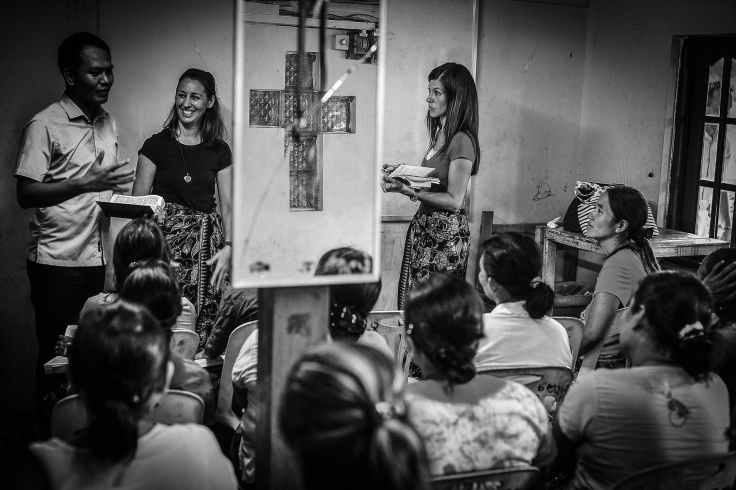
We did a special reflection lead by Chris. He said this was the traditional reflection for the last night of the Border Awareness Experience.
We were to sit back and close our eyes. We did so and he talked quietly about our days there; our arrival, and what we had done each day. When he got to the end, he showed us that he had set out a bowl of water, a bowl of rose petals and a bowl of pebbles.
We were to go up one by one and take a pebble, throw it into the water, and say what we wanted to leave behind here. The we were to take a petal, drop it into the water and say what we wanted to take with us.
I remember watching the others do this and being moved by it. Several of us said something like wanting to leave the anger behind and wanting to take up the courage to do what they were supposed to do. Chris did this also and he said he wanted to leave behind any bitterness and take with him love.
I said (I remember because I wrote it down) “I want to leave behind any timidity or reluctance to speak confidently about what migrants and refugees go through, and I want to take with me the courage the people of Annunciation House and others who do this work have – to be bold as love.”
To our surprise, Chris brought a birthday cake out for one of our group, a kind lady named Suzanne who I had talked to a lot, and we all sang her happy birthday. “What?! I asked her, “You chose to be here on your birthday?! That’s love!” She smiled.
All these people here are all about love.
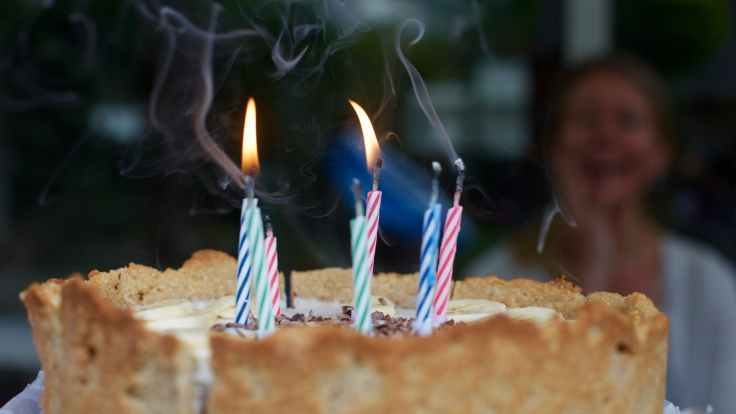
Before we went to bed Ruben Garcia brought in five children who had been living under a bridge in Juarez. They were American citizens but their parents were stuck in Juarez. The family had been here in the U.S. but gone into Mexico for some reason and were not allowed back in. I remember the tents we saw along the railroad and other places, and being told by a minister who goes to help the kids under the bridge every day to see what she can do, that there are over 3000 people under the bridge because of the practice of metering. These five kids seemed very happy to be at Casa Vides. They were able to call their parents before bed. Mr. Garcia told Sister Bea she would be “Mama Bea” for now. The sisters were very happy to be able to help these kids. Each child got a shower and something to eat and a warm bed. I could hear the sisters laughing with them in the Romero room. The other guests smiled on them. So did we all. But it hurt at the same time.

Watch: An American House: a short documentary about Annunciation House


